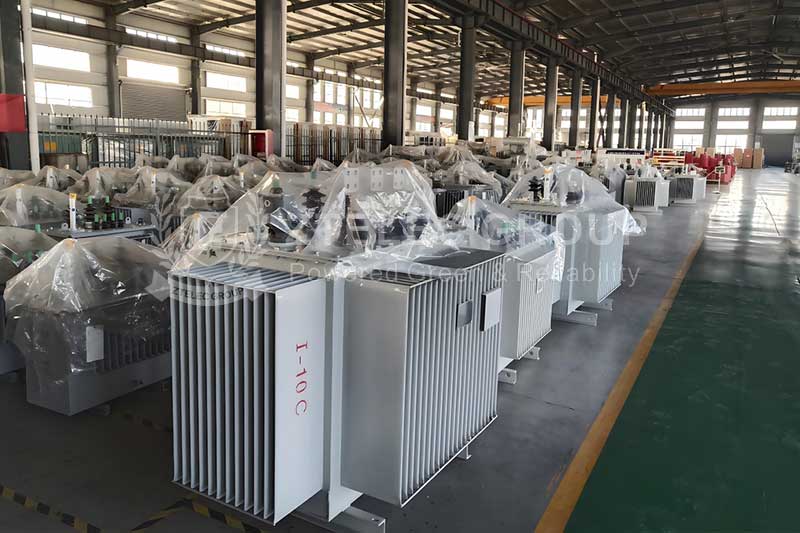Transformers have a wide range of applications in all walks of life. So for transformers, we need to understand a little more. This article is mainly about the main function of the transformers.
Ⅰ.Basic principles of transformers
Transformer is a device that uses the principle of electromagnetic induction to realize power transmission. It mainly consists of core, winding, insulation material and shell. The iron core is one of the main components of the transformer. In addition to supporting and fixing the windings, the iron core can also gather magnetic field lines between the windings, thereby improving the efficiency of power transmission. The winding is the most basic electrical component in a transformer. It is composed of wires and can be used to transmit electrical energy. Insulating material is used to isolate the electric field between the winding and the casing to avoid electrical breakdown. The outer shell of the transformer mainly plays the role of protection and isolation.The basic principle of a transformer is to use mutual inductance to achieve power transmission. When one side of a transformer is energized, an alternating magnetic field is established in its windings. Since the magnetic field lines are connected, this magnetic field will also pass through the windings of the transformer and produce a voltage. When a conductor in the winding on the other side approaches, it will be affected by the magnetic field of the transformer, thereby generating an induced electromotive force, causing current to flow. In this way, the transmission of electrical energy is achieved.

Ⅱ.The main functions of the transformer
1.Buck or boost
The most basic function of the transformer is to change the voltage from high level to to low level, or from low level to high level. This is because in practical applications, we often need to transport power to places far away from power stations. As the transmission distance increases, the resistance of the wire increases, causing the voltage to drop. In order to ensure the normal transmission of electricity, the voltage needs to be increased through a transformer. Instead, when the electricity reaches the point of demand, the voltage is reduced through a transformer so it can be used for lighting and other electrical equipment.
2.Increase the electrical amplitude
In addition to raising and lowering the voltage, transformers can also increase the electrical amplitude. Electrical amplitude is the amplitude of a sinusoidal waveform in one cycle of alternating current. Increasing the voltage through a transformer increases the electrical amplitude, allowing electrical energy to be transmitted over greater distances.

3.Isolating electrical equipment
Another function of a transformer is to isolate electrical equipment. Because transformers have good insulation properties, they can isolate electrical equipment from the power source, thus avoiding electrical problems. Additionally, transformers serve as isolators for resistors, thus preventing damage to electrical equipment.
4.Power transmission and distribution
Another main function of transformers is to realize the transmission and distribution of power in the power system. In the power system, transformers can transmit electrical energy from power stations to electrical equipment. The power supply system distributes electrical energy to different areas through transformers of different voltage levels. Near power stations, transformers often step up electrical energy to high levels for transmission over long distances. When the electric energy reaches the demand point, the transformer will step down the electric energy to supply the electrical equipment. Through the transmission and distribution of transformers, electrical energy can be transmitted and used with greater efficiency.
5.Increase current
Transformers can be used to increase current in certain applications. In electric arc furnaces, for example, very high currents are required to heat up the heating elements. In this case, the transformer can act to increase the current flow, causing the heating elements in the arc furnace to heat up.








Leave A Comment